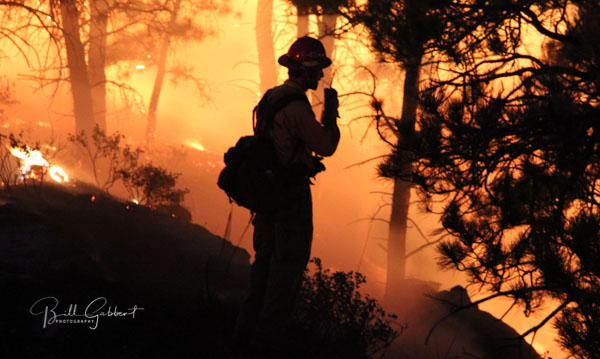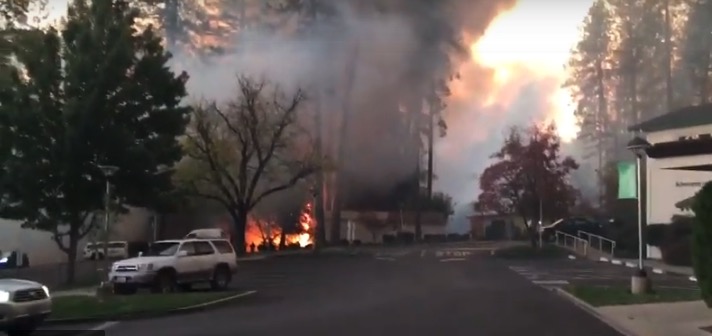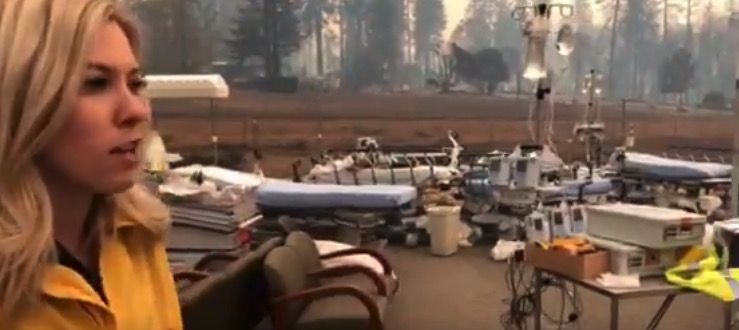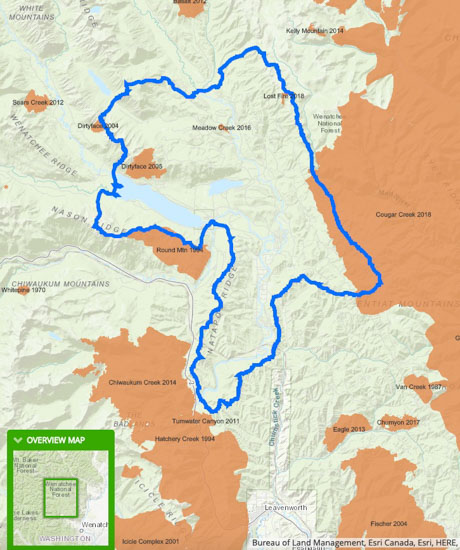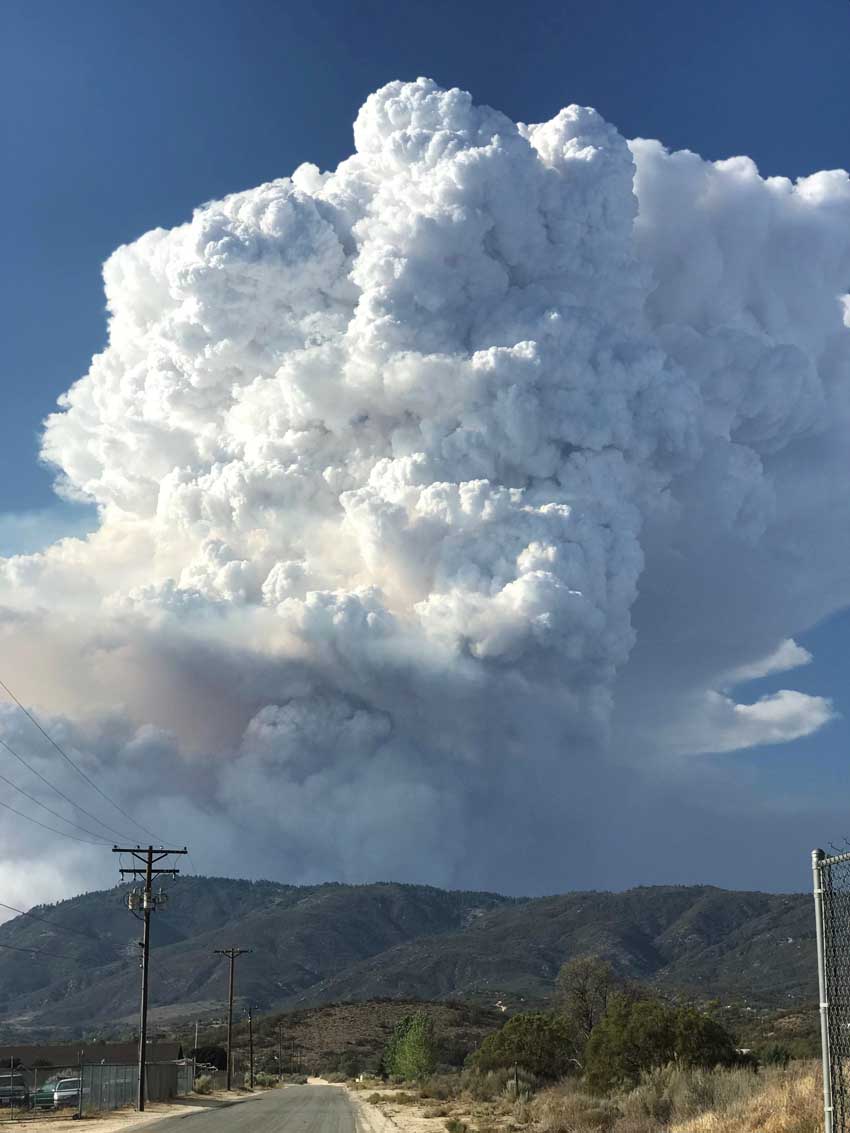I first learned about Clif Bars after discovering that a former coworker, Bruce Lymburn, was the company’s General Counsel. Bruce and I were members of the El Cariso Hot Shots back in the day.
Clif seems like an interesting place to work. Clif Bars are mostly made from organic ingredients, employees can bring their dogs to work, the company gives back to the community through the CLIF Bar Family Foundation, employees are encouraged to volunteer in the community on company time, and they can take two and a half hours of paid exercise each week with free personal training.
The San Francisco Bay Area company made the news the other day with the creation of the CLIF Second Responder Fund.
Most everyone knows what first responders are. They are the first to arrive at emergency scenes — the ones you see in the news — law enforcement, firefighters, and emergency medical personnel. Second responders are the ones that work during the recovery phase, which can last for days, weeks, or months. Examples include power companies, communication companies, hazardous waste cleanup, and services providing food, road clearing, security, first aid, crowd control, sanitation, temporary housing, and social services. The establishment of the CLIF Second Responder Fund will support some of the unmet needs of these second responder efforts.
 One hundred percent of all net profits from the sale of Sierra Trail Mix CLIF BAR® Energy Bars will go toward establishing the fund for the long term. Clif Bar & Company has a long history of post-disaster work in communities, often serving as a “second responder” by volunteering, providing financial support and food donations.
One hundred percent of all net profits from the sale of Sierra Trail Mix CLIF BAR® Energy Bars will go toward establishing the fund for the long term. Clif Bar & Company has a long history of post-disaster work in communities, often serving as a “second responder” by volunteering, providing financial support and food donations.
The first project of the fund will provide $1.5 million to the community affected by the Camp Fire in Butte County, the deadliest and most destructive wildfire in California history. This fund will help the community break ground on a new state-of-the-art Butte Humane Society facility that will shelter and care for animals impacted by the Camp Fire disaster, as well as serve as an emergency center for Northern California in the event of future disasters.
“The devastation created by these fires is unfathomable,” said Gary Erickson co-owner and co-CEO of Clif Bar & Company. “After the flames are extinguished and the camera crews leave, these communities are still desperate for help. This fund will help this community in our own backyard and other communities around the country for years to come.”
The fund was inspired by the work of Sierra Nevada Brewing Co. owners Ken Grossman and Katie Gonser, whose community in Chico, California was among those devastated by the Camp Fire. Like Clif Bar, Sierra Nevada is also a family-owned business and the two families have been friends for years. When the fire was in its early stages, Erickson and his wife, Clif Bar & Company co-owner and co-CEO Kit Crawford, reached out to Grossman and Gonser to see how Clif Bar could help.
“When Gary and Kit called, we knew we needed help for our community’s animals. As we listened to the stories and responded to the needs of the community, we knew that help would still be needed long after the initial push of relief had waned,” said Gonser. “The devastation was enormous, with many local families distraught over the lack of care of displaced animals. This shows what two businesses can achieve by working together.” Grossman and Gonser have already donated the land for the new facility.
“Clif is a company full of animal lovers, with many employees bringing their dogs to work with them every day. Not only are animals amazing companions, they’re family,” added Kit Crawford, Co-Owner and Co-CEO of Clif Bar & Company. “We are proud to champion this initial effort and know that this fund will be ongoing to address other needs following national disasters around the country.”
It’s estimated that more than 20,000 animals were impacted by the Camp Fire. The Butte County Humane Society responded immediately, reuniting residents with their pets, providing thousands of pounds of pet food to people who were displaced, and caring for hundreds of injured pets. Through the experience, the staff learned each day and knew a new facility with an expanded mission was needed.
The new Butte Humane Society facility can serve as a centralized information headquarters for animal welfare groups in order to coordinate collective long-term recovery efforts and in preparation for disaster support throughout Northern California. Additionally, in collaboration with other first and second responder animal organizations, the new campus can be used as a crisis evacuation site during local and regional disasters. BHS hopes this will serve as a model for emergency preparedness and response around the country.
The new Sierra Trail Mix packaging will be rolled out nationally this summer in stores and online.
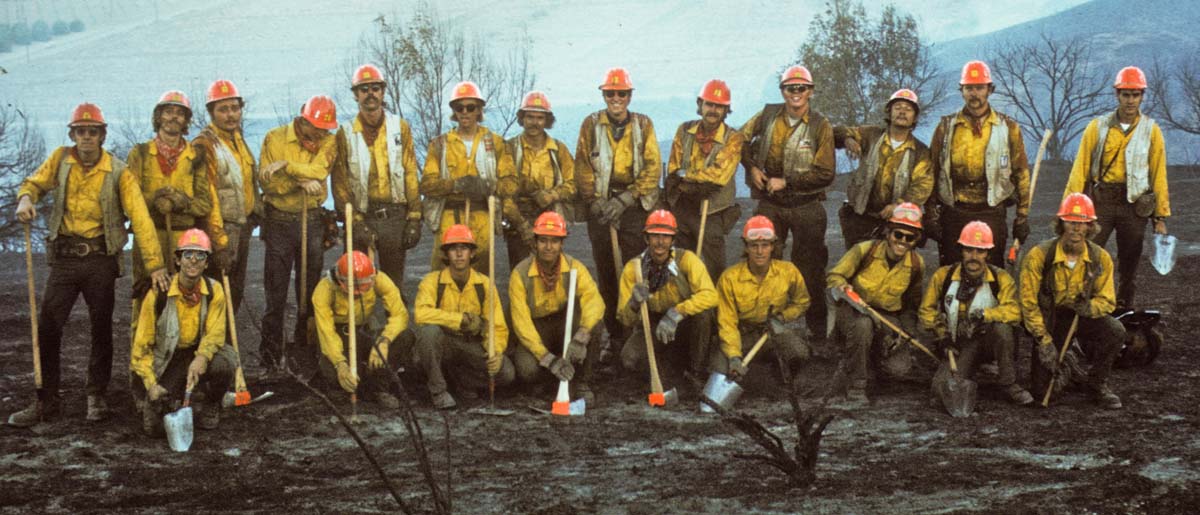
In 2007 and again in 2008 Senators Hillary Clinton and Peter King introduced the Skilled Trades Second Responders Act of 2008, which would have established a national program for the training, certification, registration, tracking, and integration of skilled construction workers to assist first responders in responding to disasters, including natural and manmade disasters and terrorist attacks. Both bills died in committee.

